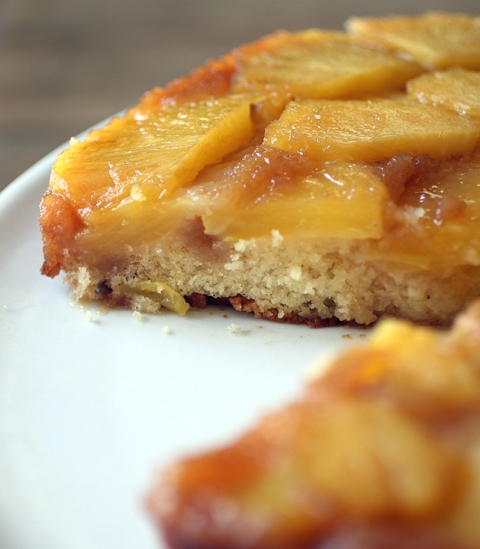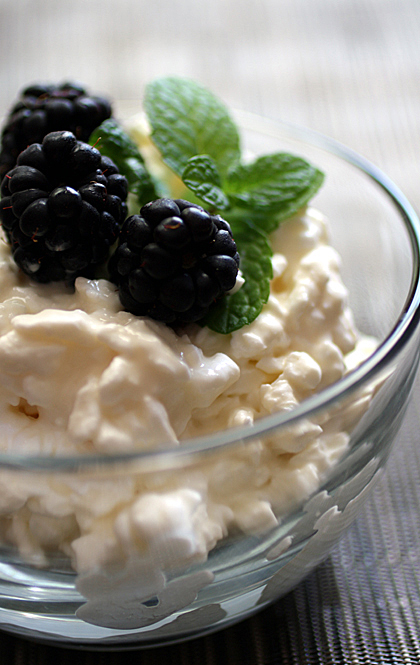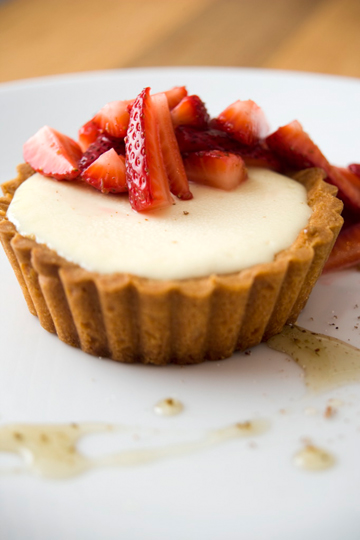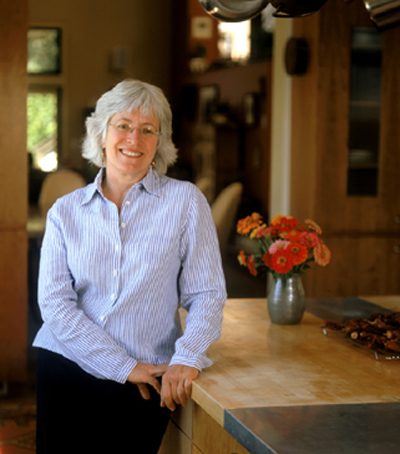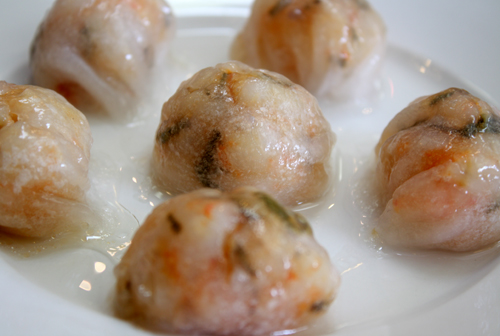Delicious Doings
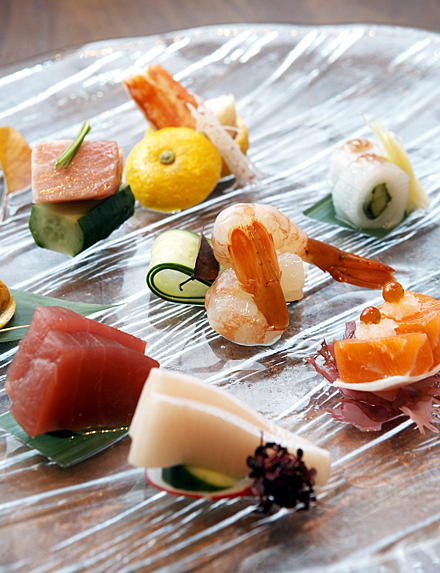
If you love sushi and love to eat late, Yoshi’s San Francisco and Oakland locales has a deal for you.
Every Friday and Saturday nights from 10 p.m. till closing, you can enjoy 10 chef’s choice pieces of sushi for $10.
The “10 for 10” special from Executive Chef Shotaro ”Sho” Kamio is available in the upstairs Sake Lounge at Yoshi’s San Francisco and in the Lounge at Yoshi’s in Oakland.
Tomato aficionados will want to head to Luce at the InterContinental Hotel in San Francisco for the “Tomato Tasting Menu” that’s available through the end of July.
The three-course prix-fixe meal is $34.95. Pony up an additional $12 for wine pairings.
Dishes served will be: cherry tomato broth with Cherokee tomato tartare; diver scallop with heirloom tomato confit and crispy tomato; and tomato sorbet with strawberry and yogurt.
Corn will be spotlighted in a special menu in August, and melon will star in September.
Regulars at the Gourmet Corner, the fun French food and wine store in San Mateo, will be tempted to pick up even more goodies while shopping. Every Friday, 1 p.m. to 5 p.m., RoliRoti will be on the premises. The mobile rotisserie serves incredible roasted sustainably-raised meats and veggies. It’s an easy way to pick up the fixings for that evening’s supper.
Paolo’s in downtown San Jose offers a summer prix-fixe menu through Aug. 1.
Price is $28.50 per person if you choose the pasta “secondi,” or $36 per person if you opt for the fish or beef “secondi.” Wine pairing is an additional $18 per person.
Restaurant O Catering will host a four-course wine dinner on July 31 with Black Ridge Vineyards at the historic La Hacienda in Los Gatos.
The Santa Cruz Mountains Winery specializes in Viognier, Pinot Noir, and a San Andreas Red Bordeaux-style blend. Dishes to be served include cherry wood smoked quail stuffed with figs and cambazola cheese with Pinot Noir glace; and grilled filet mignon with pan-seared foie gras and sauteed summer nectarines.
Price is $125 per person. For reservations, call Jennifer Flippen at Restaurant O at (408) 354-3131.
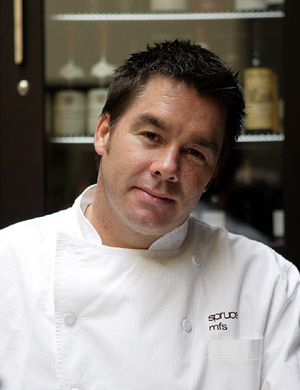
Spruce restaurant in San Francisco celebrates its second anniversary on Aug. 2 with a special celebration menu.
Price is $55 per person. Wine pairings are available for an additional $20.
Chef Mark Sullivan has dreamed up a three-course “Two-Way” dinner menu of: Dirty Girl heirloom tomatoes two ways, Grimaud Farms natural Guinea hen two ways, and Hamada Farms two stone fruits crostata.
The Pasta Shop in Berkeley is going hog wild, 1 p.m. to 4 p.m. on July 25.
Its second annual “Hog Heaven” celebration is a salute to artisan pork. Enjoy cooking demos, samples, and grilled sausage sandwiches for purchase.
Congrats are in order for HALL Wines, which became the first winery in California to earn a Gold LEED (Leadership in Energy and Environmental Design) certification.

